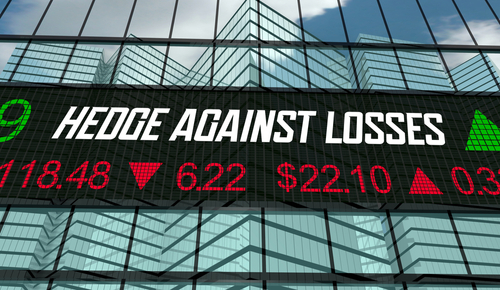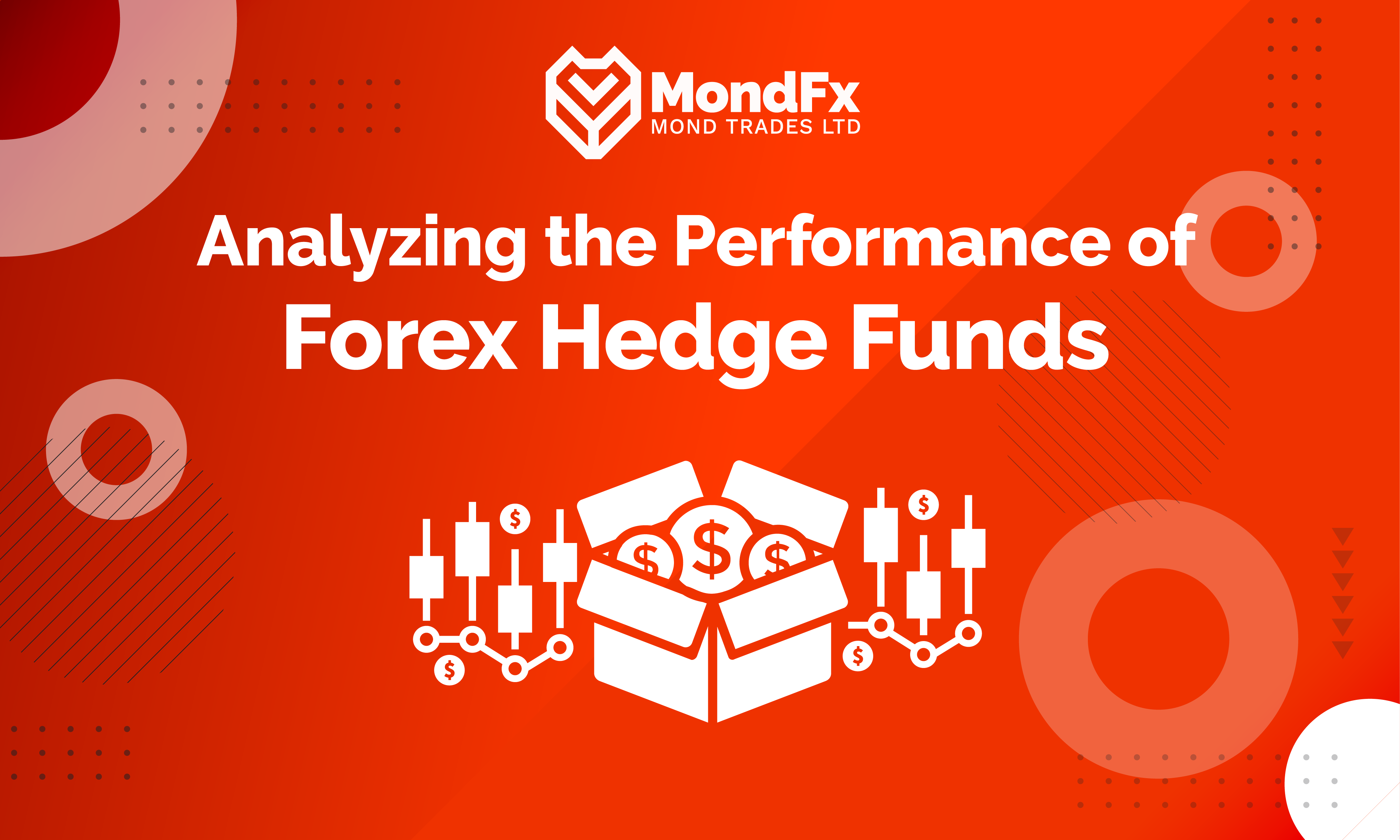Forex hedge funds have experienced significant growth in recent years, attracting the attention of many investors. These funds aim to achieve high returns in the currency market by utilizing complex strategies and a variety of financial instruments. However, evaluating the performance of these funds has always been a challenge for investors and analysts. This article explores the various criteria and methods for assessing the performance of Forex hedge funds and introduces the necessary tools for a precise and comprehensive evaluation of this type of investment. Understanding these criteria is essential for making informed decisions in this high-risk, high-reward market.
Definition and Characteristics
Hedge funds are investment vehicles designed to achieve higher returns than traditional investment options. These funds typically employ complex and diverse strategies to enhance returns and can invest in various asset classes, including stocks, bonds, commodities, and even unconventional assets. One of the notable features of hedge funds is their use of leverage, allowing fund managers to achieve higher profits by borrowing more capital.
Hedge funds usually operate privately and are not accessible to the general public, allowing only accredited investors to participate. As a result, these funds are subject to less regulatory oversight compared to mutual funds. This characteristic enables fund managers to implement more creative strategies without the constraints of regulatory limitations.
Regulatory Environment
The regulatory environment for hedge funds significantly differs from that of mutual funds. Hedge funds are not required to register with the Securities and Exchange Commission (SEC) and are generally exempt from the stricter regulations that apply to mutual funds. This exemption allows them to invest in assets that may be considered risky or unconventional for mutual funds.
However, this lack of oversight does not mean that hedge funds operate completely without regulation. There are some disclosure requirements and investment restrictions that must be adhered to. Additionally, hedge funds are obligated to provide periodic reports to their investors, detailing performance and investment strategies.
Regulation of hedge funds has garnered increased attention in recent years. With the rise in the number of these funds and the complexity of their strategies, regulatory bodies are seeking ways to enhance transparency and mitigate systemic risks arising from their activities. For instance, following the 2008 financial crisis, there has been a heightened focus on unpredictable risks and their impacts on financial markets.
Understanding the characteristics and regulatory environment of hedge funds is crucial for investors and researchers. This knowledge can assist them in making better investment decisions and managing the associated risks more effectively. Given the unique features of these funds, investors should carefully consider their choice of fund and its strategies to capitalize on the high potential returns of these financial instruments.

Performance Metrics for Forex Hedge Funds
Evaluating the performance of hedge funds, due to their specific characteristics and complex strategies, requires the use of diverse and precise metrics. These metrics help investors and researchers analyze returns, risks, and the quality of fund management. The most important performance metrics include overall returns, risk-adjusted returns, and comparative measures.
Returns
Returns are one of the most fundamental and significant performance metrics, defined as the percentage change in the value of an investment over a specified period. Returns can include capital gains, dividends, and any other income generated from the investment. Hedge funds typically report their returns after deducting fees, which is crucial for accurately assessing the fund’s actual performance.
Key Points on Returns
- Calculation of Returns: Returns can be calculated annually, quarterly, or monthly. Investors should be cautious as short-term returns may exhibit significant volatility, while long-term analyses can provide a clearer picture of the fund’s actual performance.
- Comparison with Other Metrics: Returns are just one metric and should be evaluated alongside other factors such as risk and market conditions. For example, a fund might show high returns, but if those returns are accompanied by high risks, investors should proceed with greater caution.
Risk-Adjusted Returns
Risk-adjusted returns are a metric that helps investors evaluate a fund’s returns in relation to the risks taken. This measure is particularly important for hedge funds, as they often optimize their performance using complex strategies that carry varying degrees of risk.
Several methods exist for calculating risk-adjusted returns, including:
- Sharpe Ratio: This measures the excess return per unit of risk (volatility) and helps investors understand how well the return compensates for the risk taken.
- Sortino Ratio: Similar to the Sharpe Ratio, but it focuses only on downside volatility, providing a clearer picture of the risk associated with negative returns.
- Treynor Ratio: This metric compares the fund’s excess return to its systematic risk (beta), allowing investors to assess how well a fund performs relative to market risk.
These metrics enable a more comprehensive evaluation of hedge fund performance, particularly in relation to the risks involved.

Performance Metrics for Hedge Funds
- Sharpe Ratio: This ratio indicates the excess return that an investor receives for the additional risk taken. A higher Sharpe ratio signifies better performance in relation to risk.
- Treynor Ratio: Specifically designed for hedge funds, this ratio is calculated by comparing returns to potential risks. A higher Treynor ratio indicates better risk management and return.
- Alpha: Alpha is a measure that represents the additional return of a fund compared to a specific benchmark. A positive alpha indicates that the fund has outperformed market expectations.
These metrics are essential for investors to assess the effectiveness of hedge fund strategies and to make informed investment decisions based on both returns and associated risks.
Comparative Metrics
Comparative metrics enable investors to evaluate the performance of a fund against other funds or market indices. These metrics can include:
- Benchmark Comparisons: Funds are often compared using market indices such as the S&P 500 or the HFRX Global Hedge Fund Index. This comparison helps investors determine whether the fund has performed better than the market average.
- Peer Groups: Investors can assess a fund’s performance relative to other hedge funds with similar strategies. This contextualizes the fund’s performance within a relevant framework.
- Historical Analysis: Reviewing a fund’s performance over different time frames (e.g., one-year, three-year, and five-year periods) can help investors identify performance patterns and stability.
Ultimately, employing a variety of precise performance metrics allows investors to make more informed decisions regarding investments in hedge funds. These metrics not only aid in evaluating returns but also help identify risks and challenges associated with the investment process. Therefore, a deep understanding of these metrics is essential for any investor.
Factors Influencing Performance
Manager Skill
One of the key factors impacting the performance of hedge funds is the skill and experience of the fund manager. Hedge fund managers typically employ advanced strategies and complex techniques to maximize returns and minimize risks. Manager skill can encompass the following aspects:
- Market Experience and Knowledge: Experienced managers generally have a better understanding of market fluctuations and investor behavior. This knowledge enables them to make better decisions during critical times and identify investment opportunities.
- Investment Strategies: Successful managers know how to effectively leverage various strategies, such as risk hedging, using leverage, and investing in unconventional assets. Their ability to select and implement appropriate strategies can significantly affect the fund’s performance.
- Risk Management: Proficiency in risk management is a critical aspect of hedge fund performance. Managers must be capable of identifying, assessing, and managing various risks. This includes utilizing financial instruments like options and futures contracts to mitigate risks and enhance the stability of investments.
The expertise and strategic acumen of fund managers play a crucial role in shaping the overall success and resilience of hedge funds in a dynamic market environment.
Market Conditions
Market conditions can significantly impact the performance of hedge funds. These conditions include factors such as market volatility, economic trends, and political changes. The key effects of market conditions are as follows:
- Market Volatility: Hedge funds often have more opportunities to generate profits in highly volatile conditions. While volatility can increase risk, experienced managers can capitalize on these fluctuations by entering or exiting the market at opportune times.
- Economic Trends: Economic factors such as interest rates, inflation, and economic growth directly affect fund performance. For instance, during periods of economic recession, funds may face greater challenges and struggle to achieve desirable returns.
- Political and Social Changes: Political fluctuations, such as elections, sanctions, and shifts in economic policies, can impact markets and, consequently, the performance of hedge funds. Managers need to stay attuned to these changes and adjust their strategies accordingly.
Understanding these market dynamics is essential for hedge fund managers to navigate risks and identify opportunities effectively, ensuring optimal performance in varying conditions.
Fund Size
Fund size is another important factor that can influence performance. Larger funds often face specific challenges that may affect their overall performance:
- Investment Limitations: Managers of larger funds may encounter restrictions in selecting investment opportunities. For example, in smaller markets, large investments can negatively impact prices, potentially harming the fund’s overall performance.
- Liquidity Management: Large funds may face challenges in managing liquidity. For instance, during periods of market volatility, sudden withdrawals by investors can lead to liquidity issues, negatively impacting fund performance.
- Investment Diversification: While larger funds typically have the capacity to diversify their investments, managing a large portfolio can become more complex. Managers must possess strong skills in coordinating and managing various strategies to avoid the risks associated with excessive diversification.
Ultimately, the interplay between these factors—manager skill, market conditions, and fund size—is complex. Each element can influence the others, making a deep understanding of these factors essential for investors and researchers. This understanding helps them make better investment decisions and manage the associated risks effectively.
Quantitative Analysis of Forex Hedge Funds
Quantitative analysis in hedge funds focuses on the precise and scientific evaluation of investment performance and associated risks. This type of analysis helps investors make better decisions based on data and statistics. Here, we will discuss several important aspects of quantitative analysis, including absolute and relative returns, risk measurement, and various metrics.
Absolute vs. Relative Returns
Absolute Returns refer to the amount of return generated by a fund over a specific period, typically expressed as a percentage. This type of return allows investors to directly assess the fund’s performance without considering the market’s performance or that of other funds.
In contrast, Relative Returns involve comparing a fund’s performance against a specific benchmark, such as a market index. This helps investors understand whether the fund has performed better or worse than its competitors or the overall market.
Ultimately, the choice between these two types of returns depends on the investor’s investment strategy and objectives. Investors may seek a positive absolute return or wish to evaluate their performance relative to others. This understanding is crucial for tailoring investment strategies to align with individual goals.
Risk Measurement
Measuring risk is one of the most critical aspects of quantitative analysis. Risk generally refers to the probability of losing capital or failing to achieve expected returns. Several methods are used to measure risk, including the following:
Standard Deviation
Standard deviation is one of the most common methods for measuring risk. This metric indicates the degree of volatility in the returns of an asset or fund. A higher standard deviation signifies greater fluctuations in returns and, consequently, a higher level of risk. Generally, investors prefer to invest in funds with lower standard deviations, as this indicates greater stability in returns.
Value at Risk (VaR)
Value at Risk (VaR) is a measure that indicates the maximum loss that a fund could incur over a specified period at a given confidence level. In other words, VaR allows investors to understand the extent of their capital exposure in the worst-case scenario. This metric is particularly important in volatile market conditions and helps fund managers develop appropriate risk management strategies.
By utilizing these risk measurement tools, investors can make more informed decisions, assess potential downsides, and tailor their investment strategies accordingly. Understanding and managing risk is essential for achieving long-term investment success.
Skewness and Kurtosis
Skewness and kurtosis are two statistical measures that help evaluate the distribution of returns.
- Skewness indicates the asymmetry of the return distribution. If skewness is positive, it suggests the presence of returns higher than the average; if negative, it indicates returns lower than the average.
- Kurtosis reflects the intensity of the distribution’s peaks. Positive kurtosis signifies high volatility, while negative kurtosis indicates lower volatility. These two metrics assist fund managers in better identifying the risks associated with unusual returns.

Sharpe Ratio
The Sharpe Ratio is one of the most important performance evaluation metrics, especially relevant for hedge funds. This ratio represents the additional return a fund has earned relative to the extra risk it has taken on. A higher ratio indicates better fund performance in comparison to the risk involved. This metric helps investors identify funds that offer the best returns for lower risks.
Quantitative analysis enables investors and fund managers to make better decisions using data and statistics, allowing for more effective management of investment-related risks. The use of various metrics, such as absolute and relative returns, risk measurements, and the Sharpe ratio, helps investors gain a clearer understanding of hedge fund performance and ultimately make informed investment decisions.
Performance Assessment of Hedge Funds Using Comparative Metrics
Assessing the performance of hedge funds is a vital aspect of analyzing and evaluating these types of investments. Using comparative metrics helps investors evaluate the performance of funds against other investments and financial markets. Below, we will discuss the importance of these metrics, key comparison ratios, beta, and correlation.
Importance of Comparative Metrics
Comparative metrics allow investors to effectively assess the performance of hedge funds. These metrics include comparing a fund’s performance with other funds, market indices, and financial benchmarks. The importance of these metrics can be attributed to several key reasons:
- Transparency: Comparative metrics provide greater transparency in assessing fund performance, helping investors make more informed decisions.
- Identifying Strengths and Weaknesses: By using these metrics, investors can identify the strengths and weaknesses of each fund, allowing for better decision-making in selecting suitable funds.
- Risk Management: Comparative metrics assist investors in better managing the risks associated with their investments and avoiding funds with poor performance.
By leveraging these comparative measures, investors can gain insights into the relative performance of hedge funds, leading to more strategic investment choices and improved overall portfolio management.
Key Comparison Ratios
Key comparison ratios are essential tools for analyzing the performance of hedge funds. These ratios include:
- Sharpe Ratio: This ratio indicates the additional return a fund has earned relative to the extra risk it has taken on. A higher ratio signifies better fund performance in relation to risk.
- Sortino Ratio: Similar to the Sharpe ratio, the Sortino ratio is calculated based on standard deviation and only considers negative returns. This metric helps investors assess a fund’s performance under adverse conditions.
- Treynor Ratio: This ratio evaluates a fund’s excess return per unit of market risk (beta). It allows investors to compare the performance of funds while accounting for systematic risk.
Beta
Beta is a measure that indicates the sensitivity of a fund’s returns to market volatility. In other words, beta reflects how a fund’s price changes in response to changes in the market index.
- Beta greater than one: This indicates that the fund tends to have higher volatility than the market, which may imply a higher level of risk.
- Beta less than one: This suggests that the fund has lower volatility compared to the market, generally indicating lower risk.
Beta helps investors gain a better understanding of the systematic risk associated with hedge funds, enabling them to make more informed investment decisions. By utilizing these key comparison ratios and understanding beta, investors can effectively assess fund performance and manage their investment portfolios.
Correlation
Correlation refers to the relationship between the returns of two investments or funds. This metric helps investors understand whether funds behave similarly or differently.
- Positive Correlation: This means that two funds tend to have similar returns at the same time. Such a situation can increase the risk of the investment portfolio.
- Negative Correlation: This indicates that two funds tend to perform oppositely at different times. This type of correlation can aid in diversification within the investment portfolio, thereby reducing overall risk.
Assessing the performance of hedge funds using comparison metrics is essential for investors. By considering key ratios, beta, and correlation, investors can make more informed decisions regarding the selection and management of their investment portfolios. These metrics assist in identifying the strengths and weaknesses of funds and effectively managing the risks associated with investments. Ultimately, utilizing these tools can enhance performance and increase returns over the long term.
Conclusion
In conclusion, evaluating and analyzing the performance of forex hedge funds requires a comprehensive understanding of various quantitative and qualitative metrics. From the skill of the manager and market conditions to precise statistical measures such as the Sharpe ratio, beta, and correlation, all play a crucial role in accurately assessing the performance of these funds. Investors should utilize these metrics and understand the limitations of each to form a holistic view of the risks and returns associated with the funds. This multidimensional approach not only aids in making more informed investment decisions but also facilitates better risk management and optimization of portfolio performance. Given the complexity and diversity of strategies employed by forex hedge funds, employing these metrics and thorough analyses is essential for success in this investment arena.



